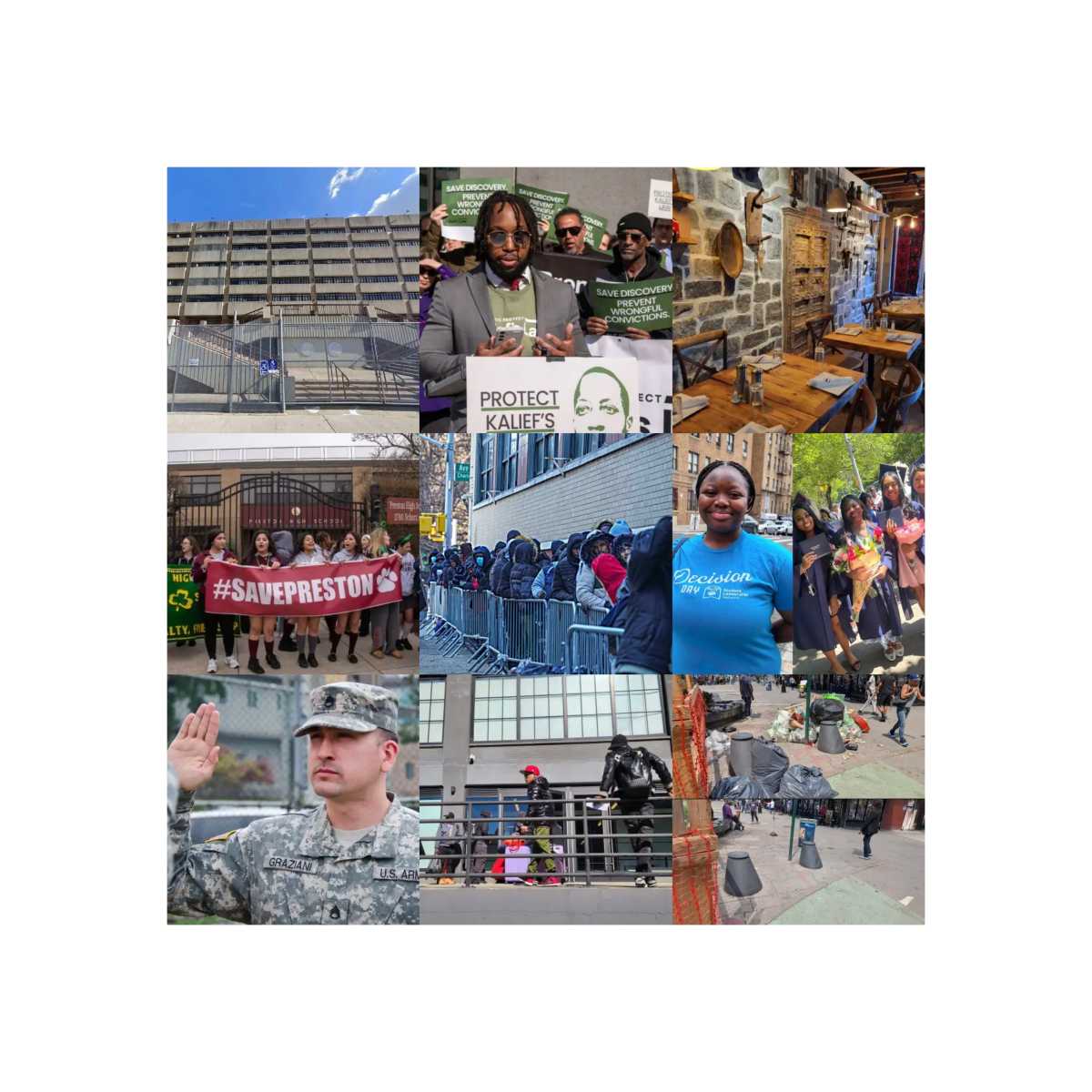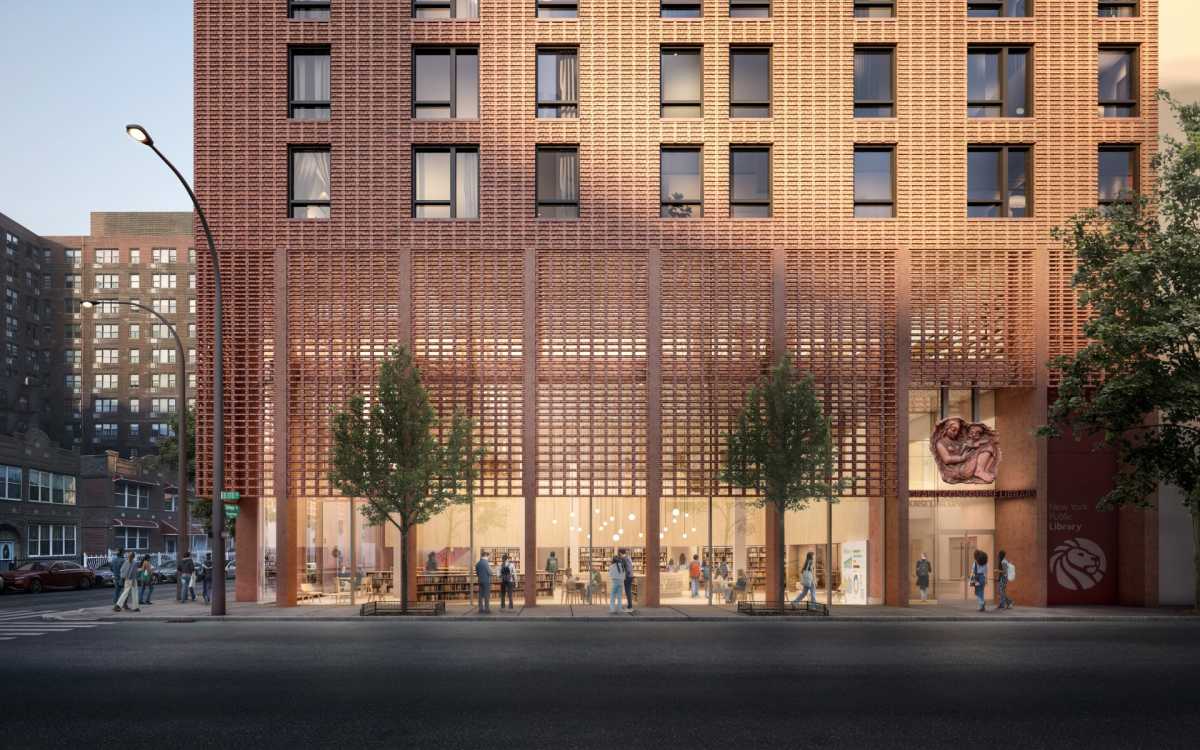After two years of the pandemic, in which New York City somehow resembled both ghost town and dystopian metropolis at the same time, people are once again flocking to the city. By November of last year, New York City had recouped about three-quarters of residents who had left during the pandemic.
But if residential real estate is the proverbial hare, commercial real estate must be the tortoise.
According to the Office of the New York State Comptroller, vacancy rates for office buildings reached 18.3% last year, a 30-year high, and the market value of office buildings fell $28.6 billion citywide in fiscal year 2022, the first decline since at least 2000.
“Commercial real estate has taken a hit,” said Dan Garodnick, director of the New York City Department of City Planning and chair of the City Planning Commission. “Because people’s living and working habits have changed, we don’t yet know what long-term impacts will be . . . [But] I’m bullish about the future of commercial real estate in New York. People still want a place to connect in person, to share ideas, and to have fun. New York City remains the most exciting place to do that.”
While questions remain on the commercial side, the demand for residential real estate has returned with a vengeance, meaning that those who benefited from pandemic-era oversupply of apartments are receiving lease renewals asking for twice as much in rent.
In January 2022, the vacancy rate in Manhattan was 1.32%, and according to Miller Samuel’s Elliman Report the net effective median monthly rent in the borough reached a new record of $3,630. In Brooklyn, the median rent increased to $2,850, compared with $2,833 in Northwest Queens.
The steep rent increases have exposed a long-festering and fundamental problem: New York City’s housing capacity – especially its affordable housing options – has simply not kept up with demand. Faced with the end of the 421-a tax abatement known as Affordable New York in June of this year, Governor Hochul has offered a similar program, known as 485-w or Affordable Neighborhoods for New Yorkers, as a replacement.
Affordable Neighborhoods for New Yorkers is intended to address some of the shortcomings of the 421-a abatement, which critics and activists argue does not do enough to ensure that housing is truly affordable. Under the current program, developers can apply for a variety of tax exemptions, so long as they designate 25-30% of their units as income-restricted based on Area Median Income (AMI).
However, depending on the location of the units and the options chosen by the developer, income-restricted units can still be offered to households making up to 130% of the AMI. Affordable housing advocates question, therefore, how seriously these units can be considered affordable.
The 485-w program would lower the ceiling of income-restricted units; only households making 90% AMI would be eligible for these units, rather than households making 130% AMI. The new program would also mandate permanent affordability for properties with 30 or more units, and permanent rent stabilization for those with less than 30 units.
Rasmia Kirmani, who worked at the New York City Housing Authority (NYCHA) before assuming her current position as interim executive director of the nonprofit Hester Street, argues that the solution to the affordable housing crisis can be found in the cultivation of a social housing national network and in a more accurate narrative framing of public housing residents.
“In New York City, about one in 14 New Yorkers lives in public housing, and public housing residents are the lifeblood of this city. They are our frontline workers,” said Kirmani. “They work in education, in the police department, in NYCHA itself; in all of the systems New Yorkers claim to value the most, you can find public housing residents working in those systems. So, how are we investing in the people who invest so much in this city? I think it’s about creating a national movement on the importance of public housing as infrastructure and the importance of residents as essential to the political economy.”
While public housing advocates contend that building more public housing stock is a central piece of the affordable housing puzzle, developers maintain that private developments, perhaps with a public or nonprofit developer tie-in, are the most effective way to meet the changing needs of the city.
One potential benefit of private sector investment in affordable housing might lie in mixed-use developments, in which commercial offices or retail shops are interspersed with residential units and public spaces. Among the architectural success stories of mixed-use developments include Essex Crossing and Hudson Yards. Other mixed-use projects may offer a path toward the revitalization of commercial real estate after the pandemic years, as well as a reconfiguration of the city itself.
Real Estate Board of New York President James Whelan envisions a future in which developers play a major role in expanding the supply of housing.
“We simply need to produce more housing to address the city’s current and future needs. And with that said, greater and greater attention needs to be paid to the type of housing that is produced,” said Whelan.
“We need to create more units at lower AMIs, essentially that provide for housing at lower monthly rents. The thing is, how do you make the math work? You talk to some elected officials and they think that the public sector can come in and take on that entire role, and the math and the data shows that that just simply isn’t true.”






